-
Stage and Cinematic Perspective In Art and Picture Books
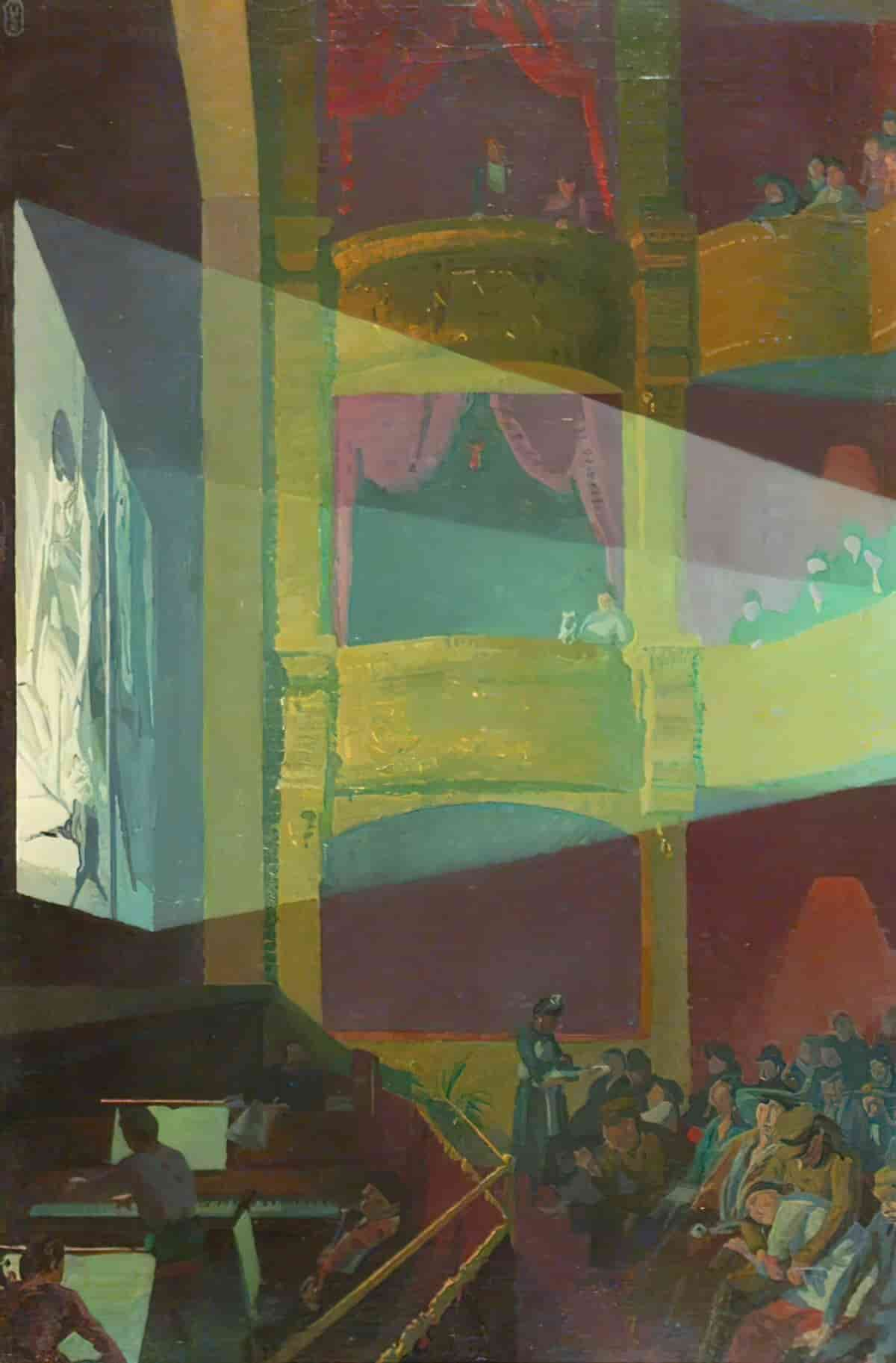
The Stage Perspective books look almost as if we are looking at a story acted out on a stage. Cinematic picture books are influenced by film, and make use of various camera angles: high angle, low angle, worm’s eye view, establishing shot and so on.
-
Picturebook Study: The Glance Curve
The glance curve describes a Western reader’s tendency to read a picture from left to right. This affects how illustrators compose scenes. In relation to the perception of visual art, the German psychologist Mercedes Gaffron (1908-93) argued in 1950 that Western viewers unconsciously followed a basic perceptual path in looking at two-dimensional perspectival representations—a left-to-right […]
-
Rudie Nudie by Emma Quay Analysis
In Rudie Nudie sister and brother have a bath together. Their mother towel dries them. Instead of getting dressed immediately, they take a few minutes to prance and leap and enjoy the way their textured environment feels against their skin. The story ends with their parents putting pyjamas on them and tucking them into bed. […]
-
Possum Magic by Mem Fox and Julie Vivas
Possum Magic is a classic Australian picture book by Mem Fox. https://www.youtube.com/watch?v=BboBeS-vhjg WHAT HAPPENS IN THE STORY OF POSSUM MAGIC Grandma Poss uses bush magic to make a child possum (Hush) invisible so that Hush won’t be eaten by snakes. (I’m going to put aside the fact that snakes seem to ‘see’ via vibrations, so […]
-
Tough Boris by Mem Fox and Kathryn Brown Analysis
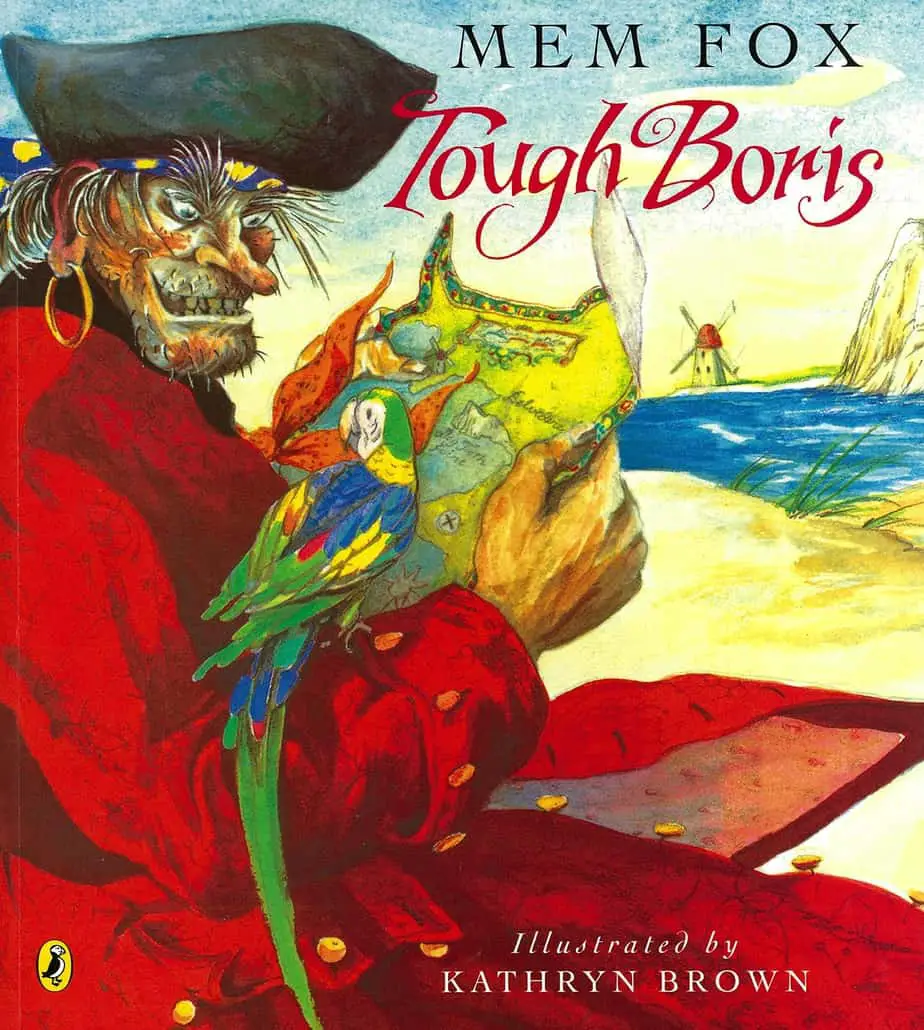
Tough Boris is an Australian-American pirate picture book published in 1994. As fodder for stories, ocean piracy has never been out of fashion. Especially in stories with an implied readership of boys, the pirates of modern picture books are often comical rather than scary; jovial rather than evil. Pirate stories bear little to no resemblance […]
-
Rosie’s Walk by Pat Hutchins Analysis
Rosie’s Walk is an influential picture book by Pat Hutchins, first published in 1986. This book is notable for its large ironic gap between pictures and text: The text is a pedestrian story in which nothing remarkable happens. The pictures show several near death experiences. Separately, Rosie’s Walk is designed to teach young readers dimensional […]
-
Millie by John Marsden and Sally Rippin Analysis
Young readers love to hear about naughty children. If this were a story by Roald Dahl or Edward Gorey, the naughty Millie would definitely have met a nasty end, but this particular naughty child remains the apple of her parents’ eyes. Since all children have bad thoughts sometimes, this story is a comfort-read, and would […]
-
Things That Appear In Picture Books More Than In Real Life
Objects like tops and toy trains appear again and again in children’s books despite their absence from the lives of most contemporary children. Words About Pictures, Perry Nodelman To that list I’ll add:
-
Just Me And My Puppy by Mercer Mayer Analysis
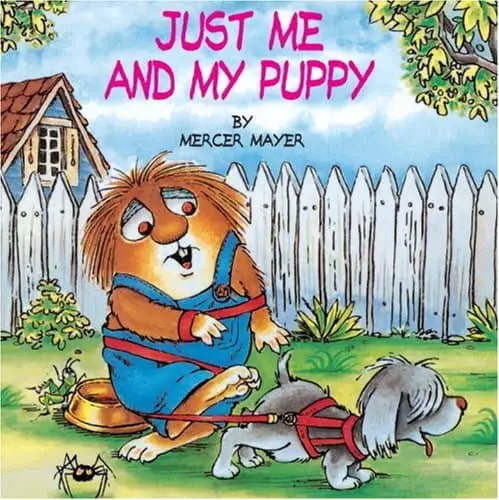
Just Me And My Puppy by American author-illustrator Mercer Mayer is worth a close look because, like many others in this long-running series, it is a wonderful example of ‘counterpoint irony’ in picture books. Though the title may annoy purists, the grammar of the title foreshadows a story told from the point of view of […]
-
The Size and Format of Picturebooks
How does the binding of a book affect reader expectations? What about the size? The actual individual appearance of of individual books is just as obvious an example of how prior expectations control our responses to stories; it influences our attitude to the stories the books contain before we even begin to read them. We […]
-
Picturebooks: Where to place words on the page?
Where to put the text in a picture book? How do the eyes of readers move across the page? What is the age of your reader? This will affect the decision.
-
The World’s First Picturebooks
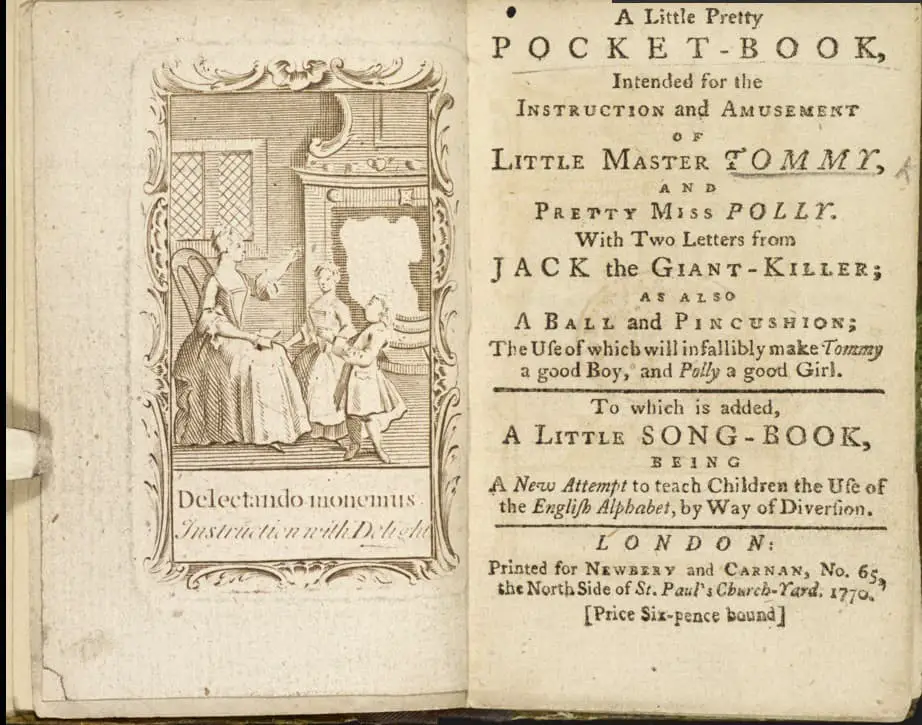
It is difficult to be precise about when the modern picturebook first made its appearance but most authorities seem to be agreed that during the late nineteenth century picturebook makers such as Randolph Caldecott played a decisive role in transforming the Victorian toy book into something much more like the modern picturebook. Similarly, although many […]
-
Bears In The Night by Stan and Jan Berenstain Analysis
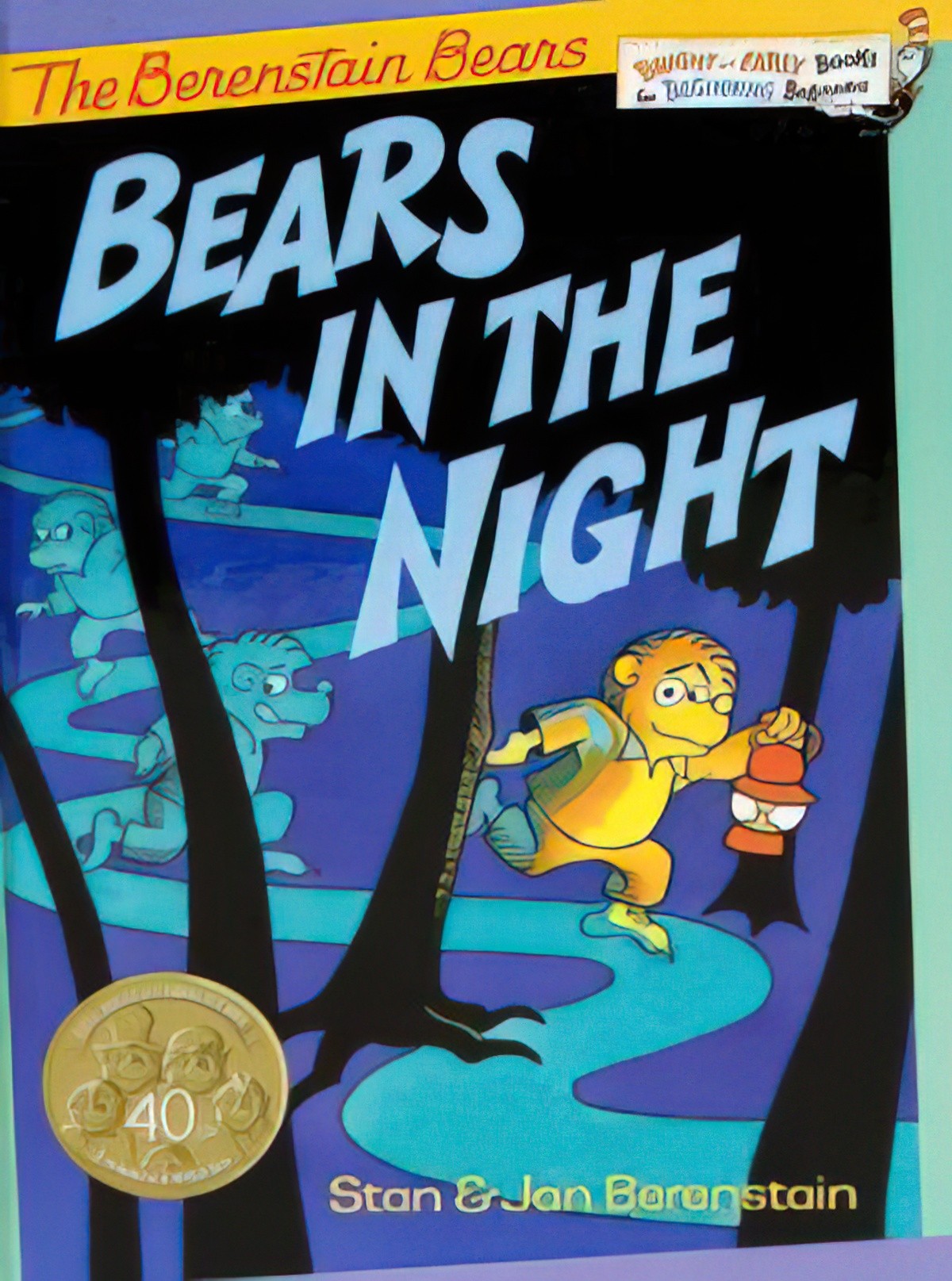
Anyone who has helped an emergent reader with assigned readers knows the difference between an interesting early reader and a ‘slog’. Bears In The Night by the Berenstains is an early reader with a focus on positional words. This book is an example of a successful early reader because the story is engaging and children will want to return to its…
-
Wolf Comes To Town by Denis Manton Analysis
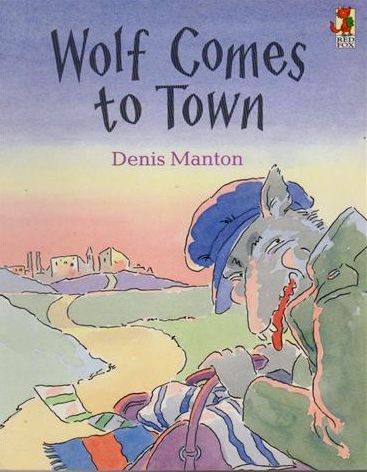
Wolf Comes To Town by Denis Manton must be one of the most underrated children’s book on the Internet. I was genuinely astonished to check out what others have said about this picture book on Amazon and Goodreads. Both sites show a 1.5 star average rating at time of writing. Can you guess what reviewers don’t like about this book?
-
Bears In Art and Storytelling
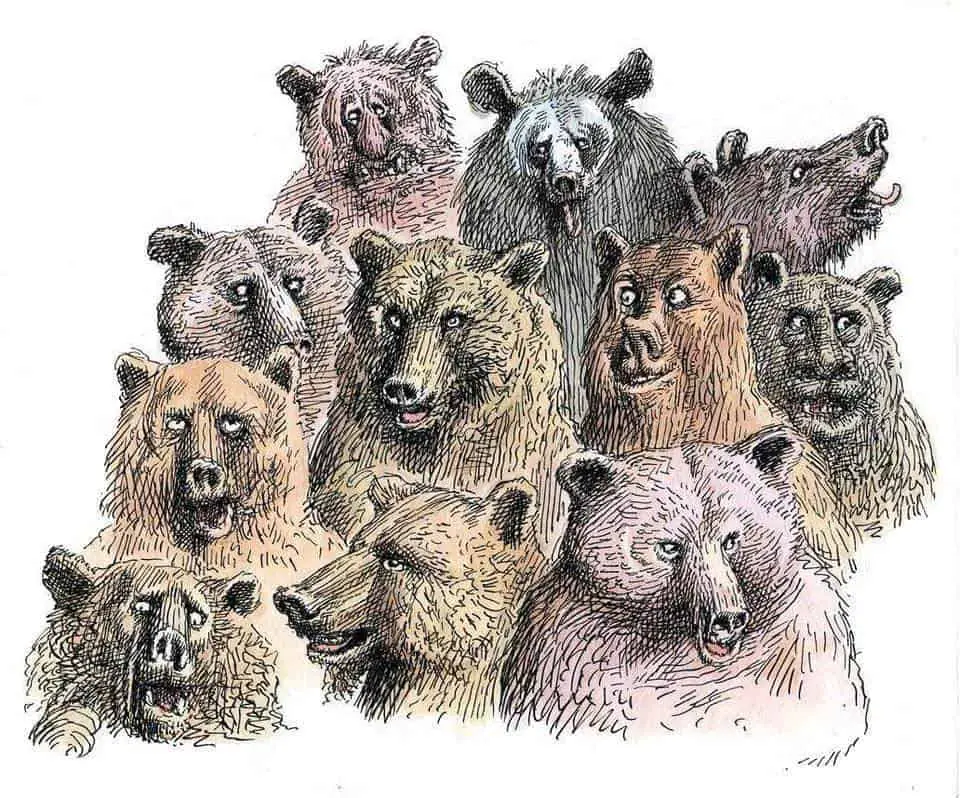
Perhaps you know a little person who absolutely love bears. I know one of those. She loves stories about bears. Fortunately they are in no short supply.